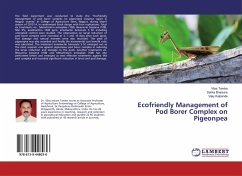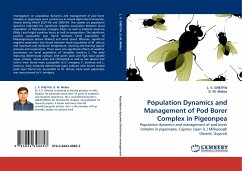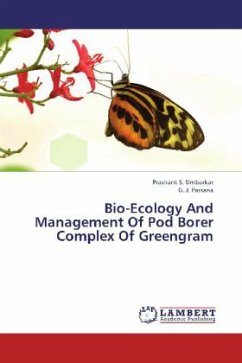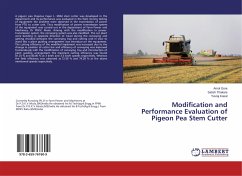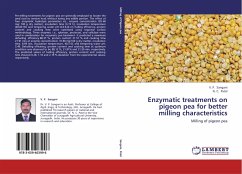Pigeonpea is one of the most important pulse crops grown in India and worldwide. It is a rich source of protein to human being and also useful for animal and soil fortification. Yield of pigeonpea in India is not satisfactory due to various reasons; among these losses incurred by insect pests is major one. Pod borers; H. armigera, E. atomosa and M. obtusa are of major apprehension. To overcome pod borers problem, pigeonpea growers are using chemical pesticides indiscriminately. Continuous applications of same insecticides or combination of insecticides have increased the chances of resistance and resurgence of insect pest. H. armigera is known to infest different stages of crop growth but the incidence of E. atomosa and M. obtusa is depending on particular growth stage of plant. For effective pest management spraying with insecticides at specific crop growth stages is most economical. Therefore, present study on biology and management of pod borer complex of pigeonpea was carriedout.
Bitte wählen Sie Ihr Anliegen aus.
Rechnungen
Retourenschein anfordern
Bestellstatus
Storno



